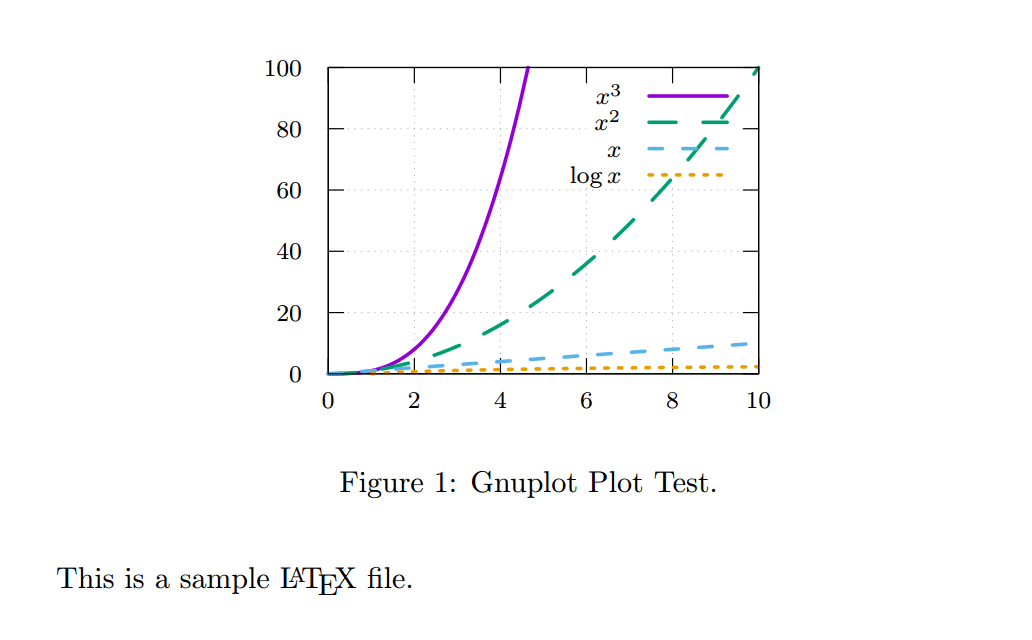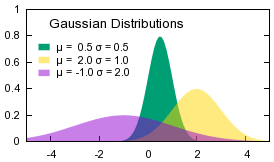

I learned about the LaTeX-terminal specifically from this article. Gnuplot has inbuilt capability to write any equation in LATEX format. If you would like to read more about gnuplot I would strongly recommend visiting
LATEX GNUPLOT PDF
Now running gnuplot test.gnu, latex comp_test.tex, dvipdf comp_test.dvi I get a pdf that looks like this: I need to import them in the LaTeX file as figure I did the following: \beginĪnd I make sure to remove the part of the gnuplot-file that says standalone: set terminal epslatex "AcceptanceRate_Ser.txt" using 2:13:14:15 title "NoRis" with errorlines linestyle 4įinally, I have myplot.tex and myplot.eps. This is desirable because, first, TeXs typesetting.

Most of these allow gnuplot to calculate and draw the graphic elements while handing off the typesetting of any text within the plot (including, of course, mathematical expressions) to LaTeX. Therefore you have to supplement the Path variable with the path of Gnuplot. Furthermore you have to make sure that Gnuplot can be found. "AcceptanceRate_Ser.txt" using 2:10:11:12 title "VMMig" with errorlines linestyle 3, \ Gnuplot can integrate with the LaTeX document processing system in several ways. Your editor should allow in its options to add this switch to the command line arguments for the compiler so that it is always invoked with activated shell escape. "AcceptanceRate_Ser.txt" using 2:7:8:9 title "FlowMig" with errorlines linestyle 2 ,\ Plot "AcceptanceRate_Ser.txt" using 2:4:5:6 title "NoMig" with errorlines linestyle 1,\

One thing that you wont find there is the infamous r-squared, or Coefficient of determination. Gnuplot I used gnuplots curve fitting quite a lot. and LaTeX will use the ps, and pdflatex will use the pdf. I am using the gnuplot and create the myploy.tex as following: set terminal epslatex Vim, LaTeX, awk and Gnuplot This document is just a draft, and I dont know how likely it is that Ill ever finish it.


 0 kommentar(er)
0 kommentar(er)
